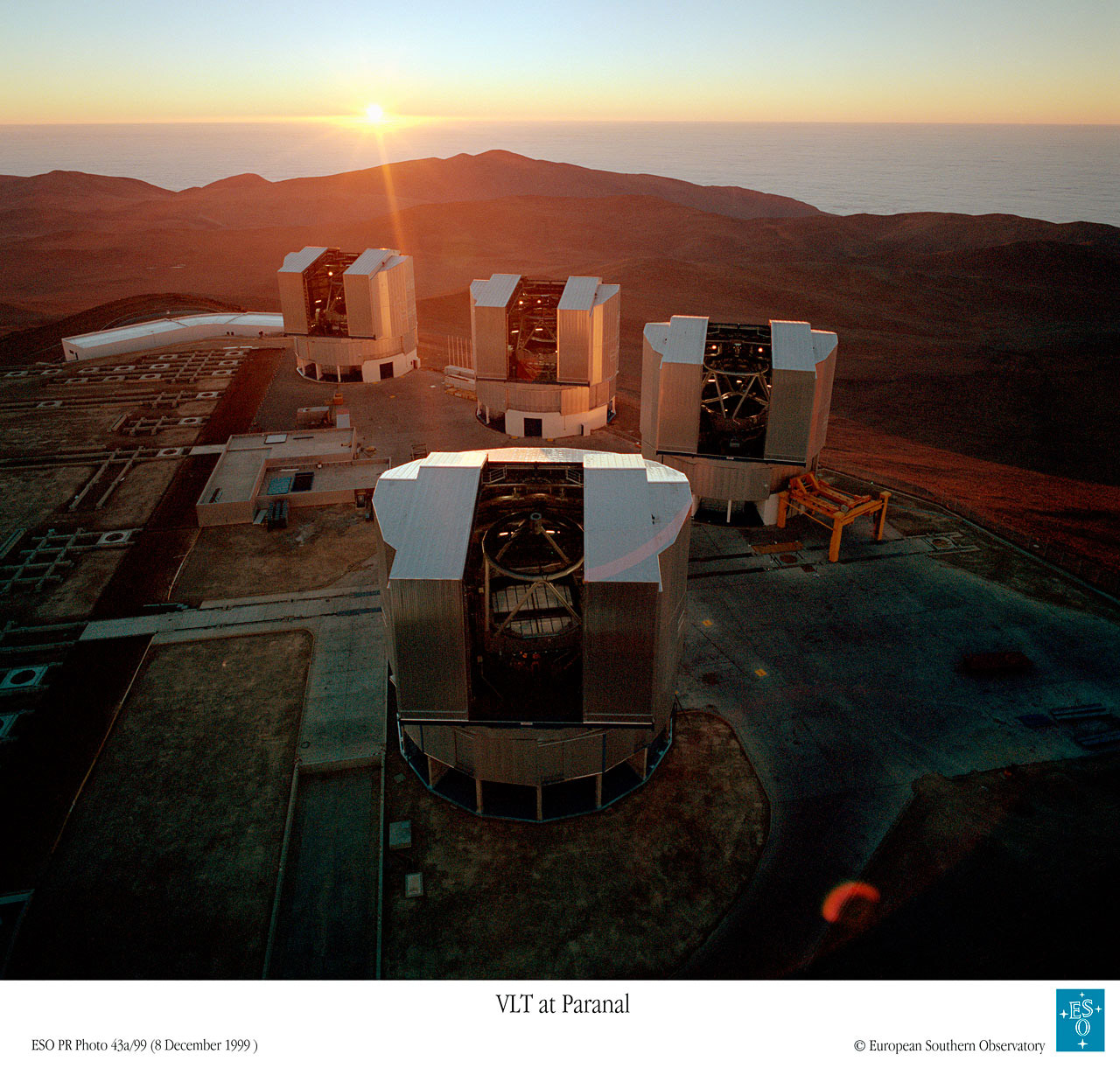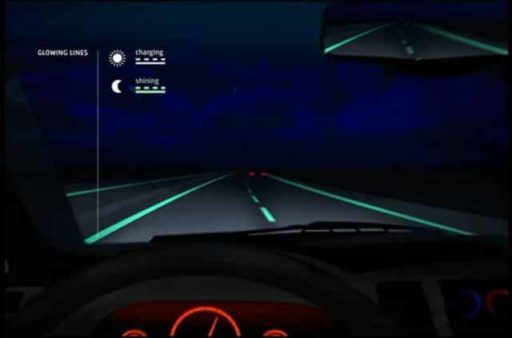Despite the strong earthshake on Saturday, many telescopes were survived after the rocking earthquake, though most of them were built on shaky ground over the mountains. Hundreds of people killed and so many buildings are damaged. Discovery confirmed that no major damage could be done by the earthquake except few hours of power cut.

There are many international telescopes in Chile making use of the low humidity conditions in the Chilean mountains and high-altitude deserts. But as one of the most seismically active countries in the world, many of these observatories are built on shaky ground.
Pictured is the European Southern Observatory’s VLT which was built on a 2,635 meter high mountain in the Atacama desert of Chile, which is 50 times drier than Death Valley in California. It’s also 1,370km north of the earthquake’s epicenter, with the Gemini South Observatory just 800km away from the epicenter on the Cerro Pachón mountain. Its servers went offline for a while after the quake, but have been restored—with other telescopes in the area faring just as well, with just power cuts reported so far.
Donate To The Chile Earthquake Relief Effort Online
But this isn’t the first major earthquake that would have shaken these observatories. According Anil Ananthaswamy, author of the forthcoming Edge of Physics (to be published in March), observatories such as the VLT have some novel anti-earthquake safety measures in place:
The primary mirror is 18 centimeters thick. Because of its weight, the mirror’s precise shape can warp when it is tilted, so 150 actuators, upon which the mirror rests, continually push and pull at least once a minute to ensure that the optimal curvature is maintained. More impressive than the actuators are the clamps around the edges of the mirror, which can, at a moment’s notice, lift the entire mirror, all 23 tons of it, off the actuators and secure it to the telescope’s support structure in case of an earthquake (moderate quakes, of less than 7.75 Richter, are not uncommon here, thanks to the ongoing collision of the Nazca and South American plates). The entire telescope is designed to swing during an earthquake, and securing the primary mirror prevents it from rattling against the metal tubes that surround it.
Also, in Helen Gavaghan’s 2006 article for Science, People and Politics, she describes what life is like working on Cerro Paranal, a location perfect for astronomy, but not-so-perfect as the foundations for a telescope:
Patat has made perhaps 10 trips to Paranal. He is an experimentalist and one of the ESO staff. Most of the time that he is in Chile he is supporting the work of other astronomers, sometimes doing his own work and other times commissioning an instrument.
Though he can almost guarantee clear nights — the sky is clear for 330 of 365 nights — he cannot guarantee the site will be free from Earthquakes, and there is a routine for closing down the telescope if quakes reach more that 6 on the Richter scale. Patat has not experienced one of these, but he has worked though lesser quakes. I asked him what that was like. Safe, he said. Both residence and observatory are designed and built to high standards, something reflected in a special acclamation by the jury awarding the Dedalo Minosse prizes in 2003-2004.
According to the Universe Today, Gemini South’s servers are back online, but other observatories in the area have experienced power cuts, taking their servers offline.




Thank you for sharing, I learned a lot from this knowledge .This is our website China Electronics Wholesale